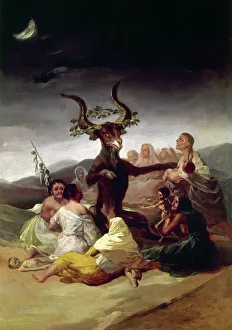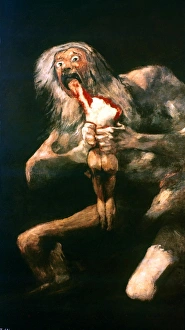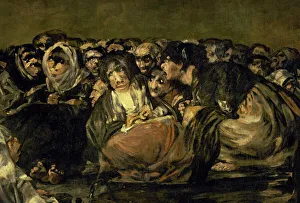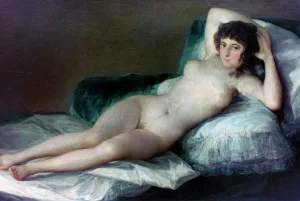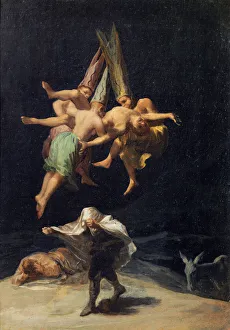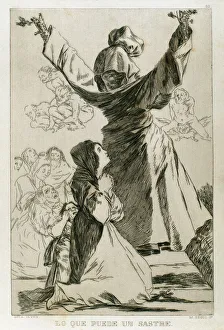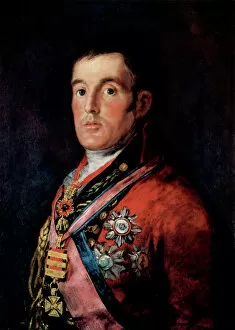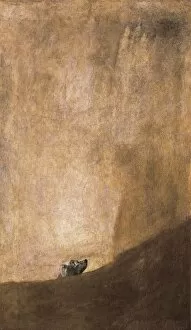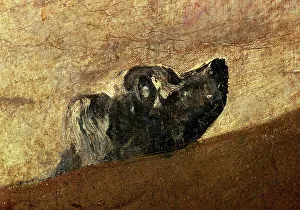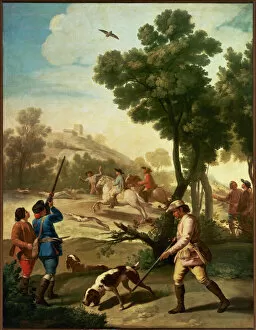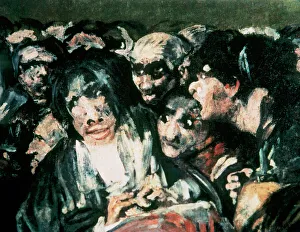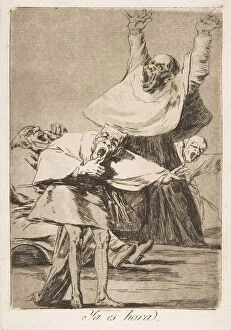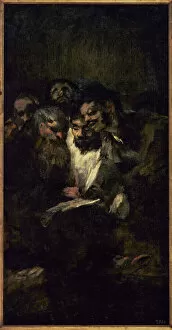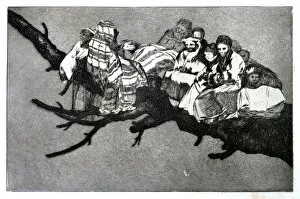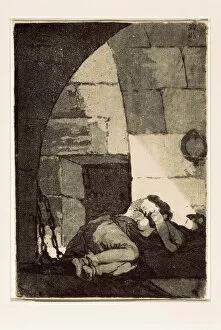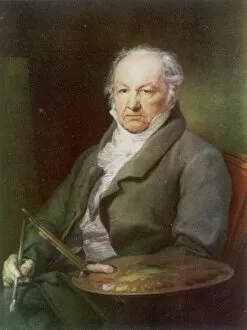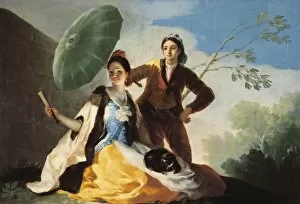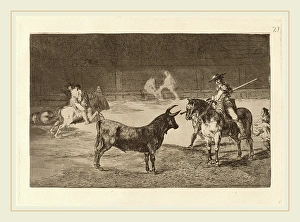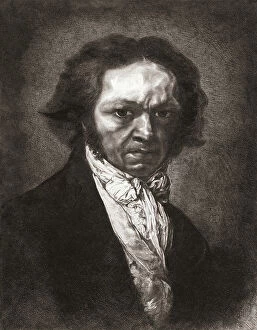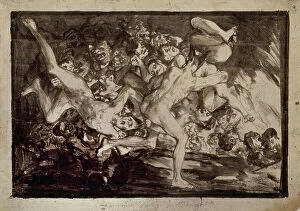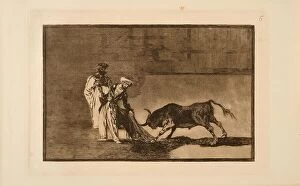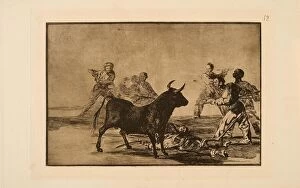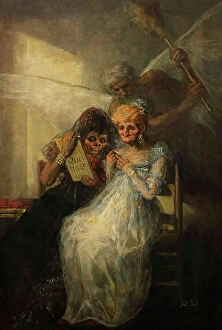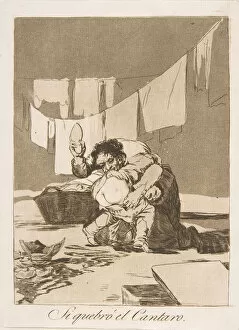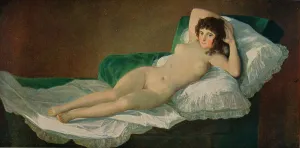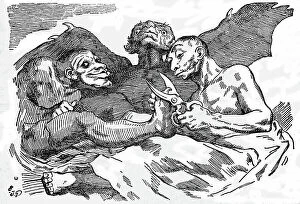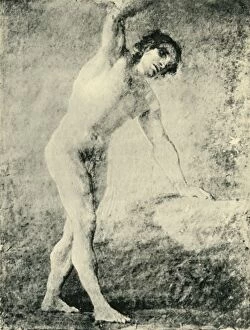Goya Collection
"Goya: A Master of Dark and Captivating Art" Francisco Goya, a renowned Spanish artist of the 18th and 19th centuries
All Professionally Made to Order for Quick Shipping
"Goya: A Master of Dark and Captivating Art" Francisco Goya, a renowned Spanish artist of the 18th and 19th centuries, left an indelible mark on the art world with his captivating works. From his iconic painting "The Naked Maja" to the haunting image of "Saturn Devouring a Son, " Goya's art exudes raw emotion and pushes boundaries. In "Witches in Flight, " we witness Goya's fascination with the supernatural as he depicts witches soaring through the night sky. The eerie atmosphere and intricate details transport us into a realm where reality blends with fantasy. Goya's exploration of darkness continues in "The Witches Sabbath. " This oil masterpiece portrays a gathering of witches engaged in mysterious rituals, showcasing Goya's ability to capture both horror and intrigue within one canvas. However, not all of Goya's works delve into macabre themes. In his portrait of Field Marshal Arthur Wellesley, better known as the Duke of Wellington, we see his talent for capturing the essence and personality of his subjects. The attention to detail brings this military leader to life before our eyes. One cannot discuss Goya without mentioning "Los Caprichos. " This series showcases satirical etchings that critique society during its time. With biting social commentary and dark humor, these prints reveal Goya's sharp wit and keen observation skills. "The Great He-Goat" is another enigmatic piece by Goya that challenges interpretation. Symbolizing chaos and rebellion against societal norms, this painting invites viewers to question their own perceptions while marveling at its complexity. Glimpses into everyday life can also be found in some of Goya's lesser-known works like "Reading. " Here, he captures a quiet moment between two individuals engrossed in literature—a testament to his ability to find beauty even amidst simplicity. While many know him for his paintings, it is important to note Goya's talent as a printmaker.

